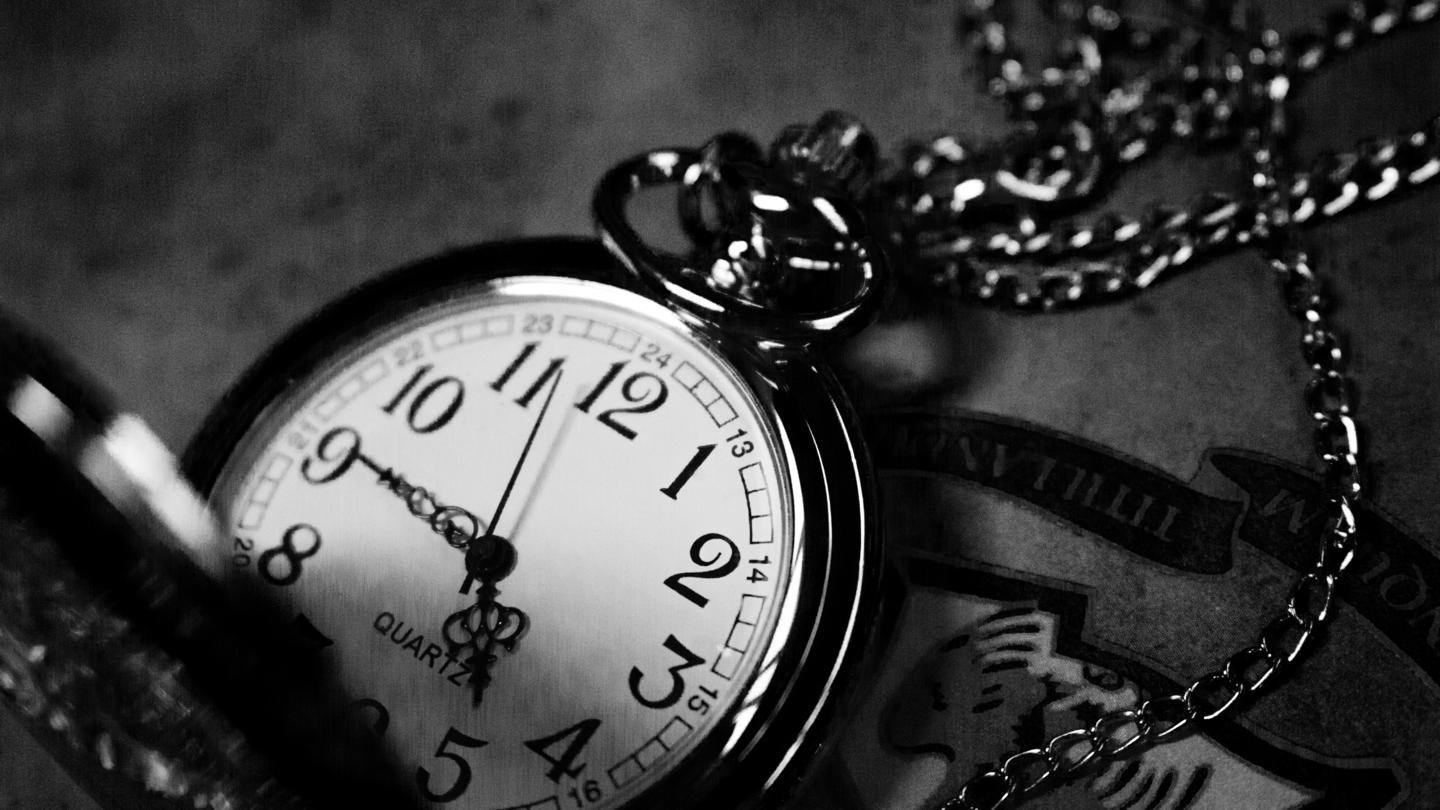According to an article on Vancouver Courier, it’s finally time to put an end to daylight savings time.
On Sept. 14, a proposal to move away from using the outdated mechanism was barely approved, with 52.3 per cent in favour to 47.7 per cent opposing. Those in favour of getting rid of daylight savings, such as Hudson’s Hope Mayor Gwen Johansson, stated that “it doesn’t seem to serve a purpose anymore.” Those against, like Metchosin Mayor John Ranns, said getting rid of it is “condemning workers … to work longer in the dark.”
Daylight savings time was first used in Port Arthur (now Thunder Bay), Ontario, on July 1, 1908, though it was proposed in both 1895 in New Zealand, and 1905 in the U.K. It originally began as a way to save on candles, but Germany implemented it in 1916 to reduce the amount of coal used during the war.
Now, obviously neither of these reasons are pertinent to us anymore — candles and coal have long been outdated modes of light and heat, and daylight savings should have been thrown out along with them with the introduction of modern heating and lighting.
Researchers at the University of Alabama Birmingham seem to think so, albeit for a more health-focused reason than outdated energy production. In a 2012 study, they found that the twice-a-year time change causes disturbances in circadian rhythm to the tune of 40 minutes. When we’re already sleep deprived, 40 minutes makes a substantial difference. And, when we gain an hour in spring, we don’t necessarily use that extra hour for sleep — again, more sleep deprivation.
Somewhat more frightening is a study done in 2016 by Finland researchers found that, in the two days following daylight savings time, the overall rate of strokes rose by eight per cent. This, again, is likely due to disruptions in circadian rhythm.
What I’m curious about is why people want to keep it. To me — and I may be wrong — it seems more like a case of “We’ve always done it this way” rather than daylight savings actually serving a useful purpose in 2018.
There’s something to be said for the mentality of want to stick to the way things have always been done. In some ways, yes, it’s useful — like learning early that a stove is hot when you touch it, so you learn not to. It’s survival.
Getting rid of daylight savings can also be seen as a survival instinct. If the studies regarding the link between disturbed circadian rhythm and strokes and daylight savings are accurate, then getting rid of daylight savings can be seen as a survival tactic. We’re evolving and learning to protect ourselves better, albeit from a not-so-obvious threat (when compared to a hot stove).
There are, however, certain things in life that do not benefit from the “We’ve always done it this way” mentality, including unquestioningly following laws or expectations that were created hundreds of years ago and serve no purpose, such as how in Oak Bay you can be fined $100 if your parrot speaks too loud, or the law that it’s illegal to kill a sasquatch (really).
Even without bringing science and health into the discussion, I think we should get rid of daylight savings time. It’s outdated, causes confusion, and doesn’t serve any purpose anymore. If you’re on the side of keeping it, I want you to ask yourself why. Does it have a useful purpose, or are you afraid of change?
Image: Jiyeon Park on Unsplash


